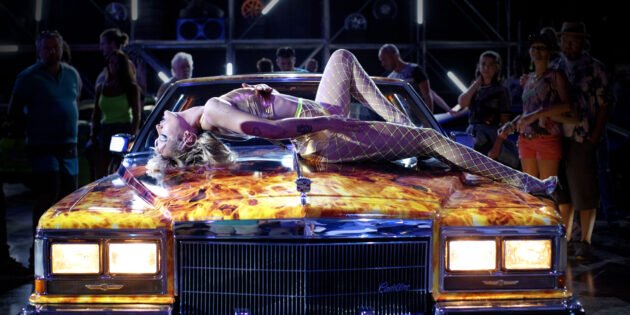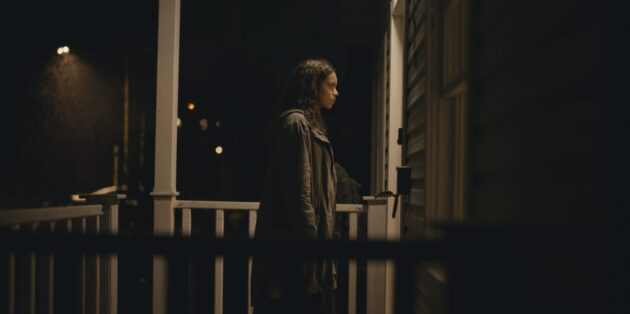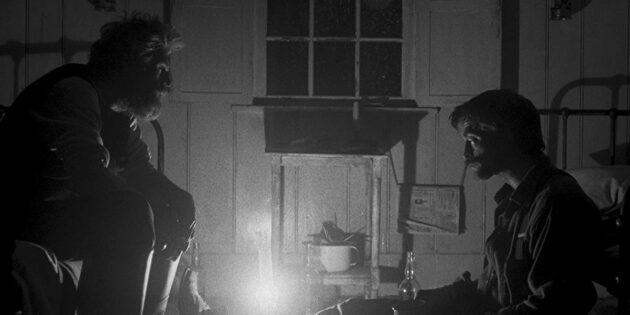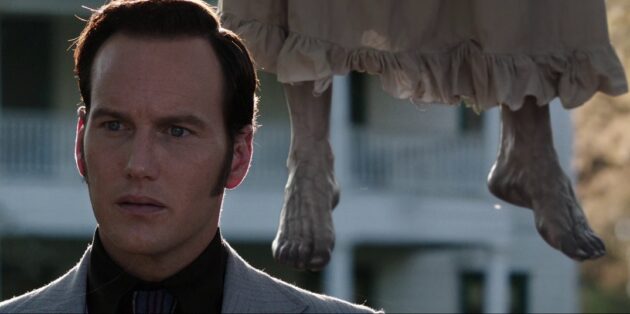Post—horror is one of the main directions of modern cinema. At the same time, no one can clearly explain what this word means. It is difficult to say whether post-horrors contradict ordinary horrors or inherit their signs. What is clear is that today's independent cinema relies on this direction in the same way as the directors of "New Hollywood" rely on gangster stories. At the same time, each author interprets the framework and canons of the genre in his own way. But this does not mean that the usual horror films have disappeared from the screens. We are looking into what happened to world cinema and why horror has become the main genre of our time.
Over the last century, there has been an approximate idea of what horror is. In a standard horror film there is a weak victim, mysterious evil, suspense, readiness for an open ending, the absence of a happy ending, the use of detective elements. The presence of understandable components simplified the work of screenwriters and created a reliable structure on which you can impose anything.
Surprisingly and a bit illogical, but the genre with the clearest established canon gives artists the most freedom. A visionary director may not write the best script, but make a great movie because of the special approach to the picture ‑ this is how the "Sinister Dead" are arranged. It is difficult to call Dario Argento's paintings unpredictable, but he showed himself as an artist, not a storyteller, almost without being distracted by the plot. Horror turned out to be a convenient wrapper for any story.

Modern horror (or post-horror) authors also do not limit themselves, and therefore make completely different films. Comedies with social criticism (Jordan Peele), psychological dramas (Ari Astaire), stylization of expressionism and the use of mythological motifs (Roger Eggers), body horror (Julia Ducourneau) ‑ they have little in common, but they can still be combined in one direction. Unlike romantic comedies, where the framework put pressure on the authors, horror films are ready to absorb anything. You can take horror and easily turn it into a drama ("Rosemary's Baby"), a comedy ("Real Ghouls"), a detective ("The Bell"), an action movie ("Judgment Night"), a western ("Bone Tomahawk"), erotica ("Eugenie") and even a biopic ("The Six Demons of Emily Rose"). There is no genre with which a horror movie cannot be crossed.
A logical question may arise: if the directors do not want to frighten the viewer, then why do they shoot horror films at all? The fact is that the use of supernatural elements and the injection of emotions can add depth to films, make them more metaphorical.
The most striking example is "Away" by Jordan Peele. In a nutshell, this is a story about a black guy who meets his white girlfriend's family. This leads to problems due to generational and racial stereotypes that the characters live by. In 2023, the film "What kind of People" was released, the plot of which is based on exactly the same conflict. But the difference between the tapes is huge: the hero of "Away" is a step away from death because of social attitudes, and the hero of "What kind of people" risks just not liking the girlfriend's parents. The threat level is changing, and therefore the importance of the problem.

The situation is similar with the painting "The Barbarian" by Zack Kregger. His feminist message manifests itself in a male villain who is obsessed with pregnant women. The director could have made a drama about it, but he understands that it will be easier to convey the message through the prism and tropes of horror, and the effect will be stronger.
Horror has long remained one of the most successful genres from the point of view of commerce. Horror films have had decades of austerity, which has accustomed authors and producers to work in conditions of minimum budgets. For this reason, the genre attracts aspiring directors. You can come up with a good historical drama, but no one will give you the necessary amount for it. Conditional Zack Kregger will simply write the script of "The Barbarian" and shoot it for $ 4.5 million (by the way, the film collected 10 times more). The famous Blumhouse studio has been shooting countless horror films for almost two decades. Many of them do not get to the cinema, but the success of one picture ensures profit. For example, "Paranormal phenomenon" with a budget of 15 thousand dollars collected 193 million. And the "Blair Witch" — 248 million with 60 thousand spent.

Low production costs allow you not to think about how to lure a million viewers to the cinema. However, horror marketing is still unique: sometimes the image of a villain (or evil) alone can attract people. Unlike dramas, where popular actors play a huge role. Consequently, producers may not run after celebrities, persuading them to reduce the budget: you can take good, but unknown artists, which once again allows you to save money.
The combination of low budgets and potential profits, and even with the existence of genre fans (and there are a lot of them) allows horror authors not to worry about fees. As well as about festivals — the directors of the genre have had a fight with them for a long time.
It is also important that not only horror creators, but also viewers are ready for experiments. A standard fan of dramas or comedies has an idea of what he wants to see on the screen, while a horror fan fully trusts the director. Even if the film turns out to be strange, it can offer something new.

Probably, right now freshness and originality are especially appreciated by the audience. Every week, either a movie comic or another part of a franchise appears in cinemas. The viewer, tortured by jokers and dominique Toretto, will rather go to some author's cinema , where he will inevitably meet with horror. You'll have to love them if you want to watch something new, but not superhero.
At the same time, you should not write off classic horror films, because they also collect a large cash register. "The Spell", "Astral" and "It" feel comfortable even against the background of Marvel and DC films. It turns out that horror is a genre that can satisfy the desires of both the viewer going to the cinema for entertainment and the requests of the moviegoer.

Perhaps the last time horror films were as relevant a hundred years ago, when German expressionists experimented with form and film language. The modern industry has brought horror films to the fore banally due to the fact that their authors are not afraid to do something new, unusual. The flexibility of the genre only contributes to experiments, and the ability to use metaphors and unusual images adds depth to the paintings.